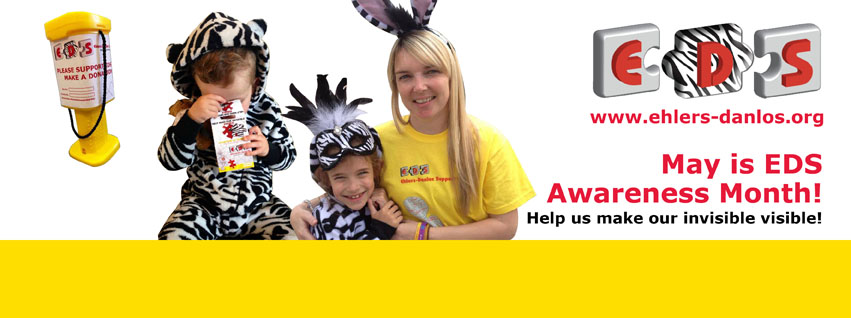Conscious Crafties is a craft buying and selling website for anyone living with chronic illness, disability or caring for those affected. It’s built by a Spoonie for Spoonies. My name is Karen and after becoming sick almost overnight, I found my way to various support networks. I noticed that many of us turn to crafts to help distract from our illnesses and to feel useful again. Some of us can’t work, but we still have lots to offer the world! Seeing so much untapped talent, I had the idea of a community for everyone to showcase their work, in one place and give people a way of creating their own business. It was also a way for me to feel useful again, by using my skills to help others. Using some techie magic, I help everyones crafts get found by buyers and also post on our various social networks so items get seen by hundreds. The website and our Facebook page has only been live for just over 4 weeks and already, we have almost 1000 likes. I’m passionate this is going to be something wonderful to help so many of us.
Stories are told:
Each ‘Craftie’ gets to tell their story on the site, to spread awareness in our ‘Meet the Crafties‘ section. They can also ‘Add Friends’ within our community and send each other messages.
Here’s my story:
In 2011 I was perfectly healthy going about my workaholic lifestyle when BOOM! – I started fainting up to 10 times a day and my bed became my best friend. A year later I was diagnosed with POTS (Postural Orthostatic Tachycardia Syndrome) a rare condition affecting the blood vessels and heart rate. There’s no cure, but reaching out to others with the same condition has been a huge help in learning to live with it. 3 years later I was told my POTS was caused by EDS (Ehlers-Danlos Syndrome) a connective tissue disorder affecting the skin, cartilage, ligaments & blood vessels – everything that holds us together! I also have some bonus conditions: fibromyalgia, raynaud’s disease, chronic pain syndrome,migraines and asthma. Life has been tough, but I’ve met some wonderfully strong friends who also live with chronic illnesses. Many have turned to craft to bring joy into their lives. This incredible group of people are the worlds untapped talent. Buying their beautiful handmade items (& mine!) will help to rebuild their lives.
How to get involved:
To join in the fun and start selling on ConsciousCrafties.com, apply here:
http://www.consciouscrafties.com/sell/
Buy beautiful handmade gifts here:
http://www.consciouscrafties.com/
Like us on Facebook:
https://www.facebook.com/consciouscrafties
Follow us on Twitter:


